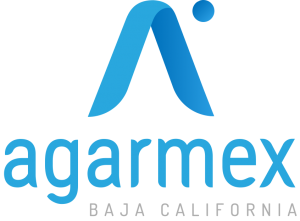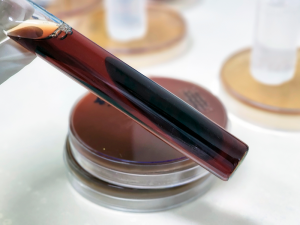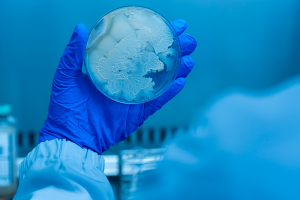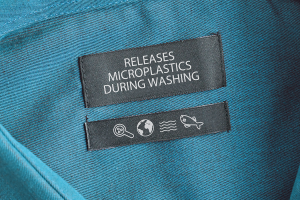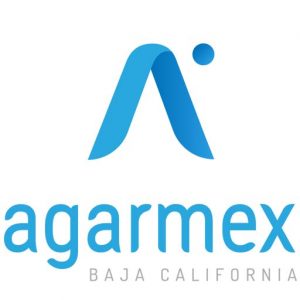
On September 28 and 29, Agarmex will be attending the Food Tech Summit & Expo 2022, the leading Latin American event and a must for all professionals in the food and beverage industry in Mexico and Latin America.
This exhibition connects the food and beverage technology industry community in an event format that includes exhibits, training and business. The two-day trade fair will provide an opportunity to discover first-hand the latest innovations and to network at the highest level within the industry.
The event will take place at the Citibanamex center in Mexico City and will be attended by thousands of suppliers from different areas of the industry: starch, enzymes, fibers, chemical products, food processing machinery and many more.
Different spaces and areas, all related to food technology, will be available within the center: research and development, food and beverage, production process and technical management, as well as packaging and marketing.
Our company prides itself on being advised and tested by researchers and experts from the Center for Research and Assistance in Technology and Design of the State of Jalisco, the CIATEJ. In addition, we will meet with high-profile executives and get inspired by innovative ideas and business strategies.
Come and visit us at our stand 1340 and discover how we produce and market our agar-agar, both in the food and microbiology industries, its stabilizing and dietetic properties, as well as in bacteriological cultures.
